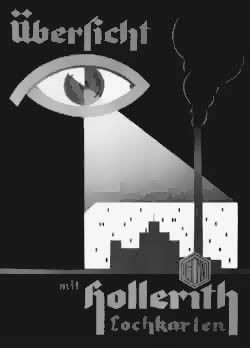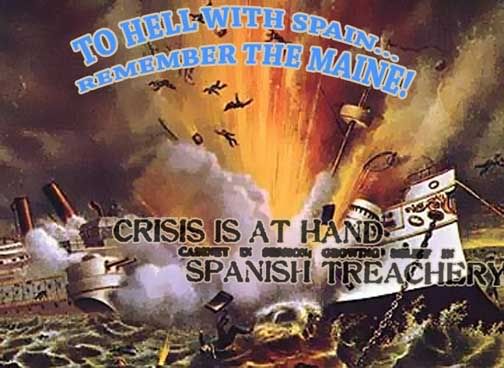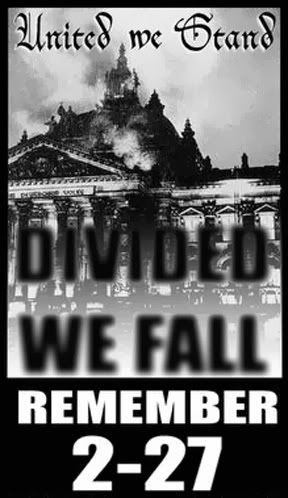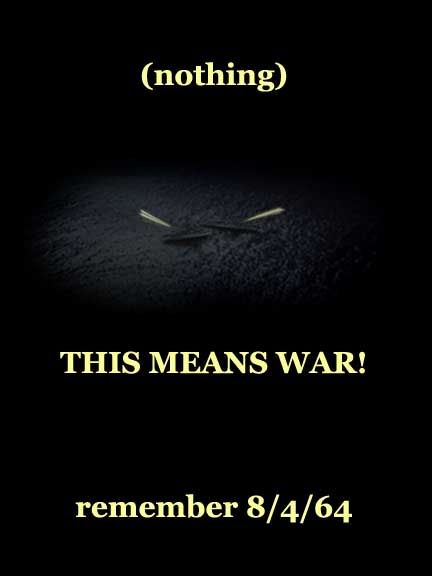In early 1933, just as Hitler’s “National Socialists” finally took over in Germany with their guns and thugs and engineered Reichstag fire, a new U.S. President, Franklin D, Roosevelt, was sworn-in. Upon entering office, Roosevelt established his Socialist-style New Deal, angering the financial establishment. Some factions on Wall Street and in the military with Fascist sympathies in fact allegedly plotted to overthrow FDR in 1934, but this was brought to light and led to a congressional investigation in November into what many called the “business plot” (more below). [2] 1934 was already the year of the “Merchants of Death,” the title both of a book blaming arms-makers for WWI, and the nickname for another Congressional investigation into the munitions industry in question for arming the Nazis and their allies. [3] Under the leadership Gerald Nye and with general counsel Alger Hiss, the committee was in operation through 1936, eventually finding that World War I was not engineered by the munitions industry. [4]
But still, Merchants of Death was soon joined by another pivotal book in redefining WWI: Brigadier General Smedley Butler’s 1935 War is a Racket (“the only one in which the profits arte reckoned in dollars and the losses in lives”). [5] The decorated WWI commander and reformed “racketeer for capitalism” insisted America should simply strengthen its defenses and stay out of the coming war in Europe. Butler, unlike many other isolationists, was not a Nazi sympathizer in any way, but an avowed leftist who believed in “taking Wall Street by the throat” to pay WWI soldiers’ bonus pay. [6] He had also been central in publicizing the alleged “Business Plot” against FDR, having curiously been invited to join it despite his known slant and big mouth.
The Congress seemed dispose to agree with Butler's and the public's sentiment; neutrality acts were passed from 1935-37 and isolationism reigned as Americans struggled to stay out of another engineered World War. But conflict just kept getting more inevitable as the Axis got stronger and bolder - with continued American aid. Munitions assistance was limited after 1934, but the Nazis were in power by then and fully capable of making their own excellent weapons. But financial assistance for Germany’s Third Reich continued from New York by, for example, Chase National Bank of Manhattan, as explained by Charles Higham in Trading with the Enemy (1983). Of course there was Henry Ford, the well-known Nazi supporter and anti-Semite who approved the construction of trucks to assist the German occupation in France through its French subsidiary Opel in 1940-41. [7] The crimes of the Rockefeller-owned Standard Oil of New Jersey in supporting the Reich are epic, assisting the German Army, Navy, and Air Force with their fuel and petrochemical needs through numerous arrangements. Higham summarized: “[T]he heartbreaking truth is that a number of financial and industrial figures of World War II and several members of the government served the cause of money before the cause of patriotism. While aiding the United States’ war effort, they also aided Nazi Germany’s.” [8]
 |
Of course eventuall Germany signed a mutual defense clause with Japan, then Japan was maneuvered into attacking the US, which was soon at war against the Third Reich and set to turning back its grip on Europe. The War triggered an immediate rush to build a mighty war machine on the shoulders of the once-villified “merchants of death” who were able to reform themselves by fighting the Nazis they’d helped build up, and were paid well for their services. It’s not necessarily that Smedley Butler was right and War is simply a racket engineered for profit, but if it were, this is about how it would be done: build up the Axis and withhold from the Allies in phase one, and once a crisis is reached, cut the Axis off (but only at the last possible moment) and start supplying the Allies as they gear up to move in on the worldwide battlefronts created by years of well supplied Axis aggression.
Sources:
[1] Tarpley, Webster G. and Anton Chaitkin. George Bush: The Unauthorized Biography. Chapter - II - The Hitler Project. Accessed online at: http://www.tarpley.net/bush2.htm
[2] Parfrey, Adam. “How a Military Hero Blew the whistle on Corporate Malfeasance.” Foreword to the 2003 Feral House edition of War is a Racket by Smedley D. Butler (1935) Pages 10-18.
[3] Phillips, Kevin. American Dynasty: Aristocracy, Fortune, and Deceit in the House of Bush. New York. Viking Penguin. 2004. Page 259.
[4] “Nye Committee.” Wikipedia. http://en.wikipedia.org/wiki/Nye_Committee
[5] Butler, Smedley D. “War is a Racket.” 1935. Re-released under original title with additional material: Los Angeles. Feral House. 2003. Page 23
[6] See [2]. Page 8.
[7] Higham, Charles. Trading with the Enemy: an Expose of the Nazi-American Money plot, 1933-1949. New York, Delacorte Press, 1983. Second Printing.. Page xv.
[8] See [7]. Page xiii.
[9] Black, Edwin. “IBM and the Holocaust: The Strategic Alliance Between Nazi Germany and America’s Most Powerful Corporation.” Three Rivers Press. March 2002. Page 352.













No comments:
Post a Comment